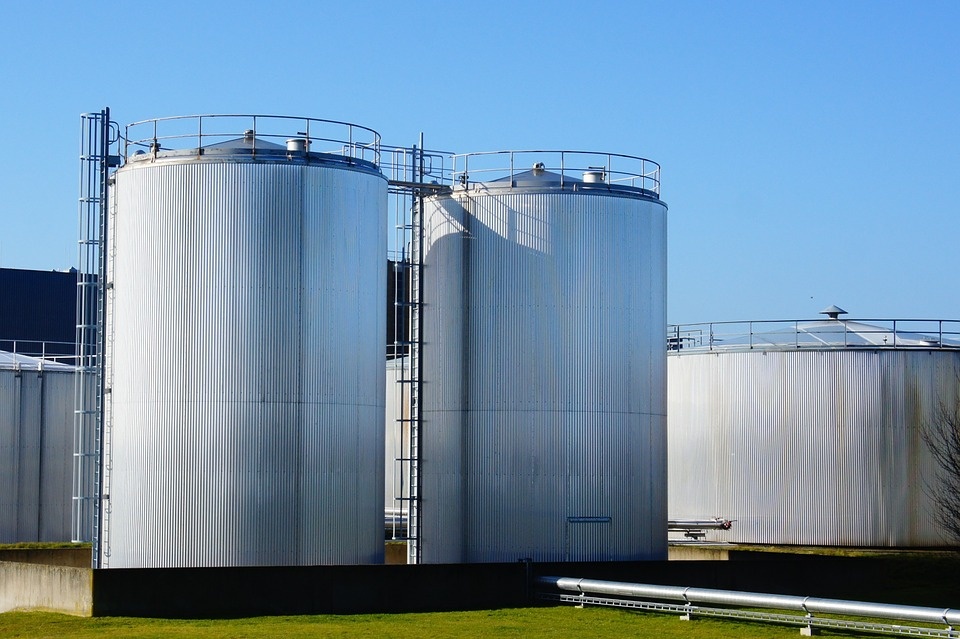TYPE OF PRESSURE VESSEL
In industry there is two main type of pressure vessel present generally
- CYCLINDRICAL PRESSURE VESSEL
- SPHERICAL PRESSURE VESSEL
Some other types of vessels are also available such as Reactors, Distillation Coloumn, Packed Tower etc. these names are given according to their use only.
Read Also :
The 3 Most Common Type of Pressure Vessel
Over pressure cases for pressure relief valve sizing
CYCLINDRICAL PRESSURE VESSEL
Based on the shape (cylinder) of the vessels, they are called as cylindrical pressure vessel. They are further classified into two types,
- Horizontal Pressure Vessels
- Vertical Pressure Vessels
When the orientation of the vessel is horizontal, that is horizontal pressure vessel. If it is vertical, that is horizontal pressure vessel.
Horizontal vessel
Vertical pressure vessel
Advantages of cylindrical pressure vessels:
- It is easier to fabricate.
- They are probably cheaper to construct
- They pack more efficiently into rectangular structures such as boxes and buildings.
Also Read:
What is Boiler ?
Venturi Flow Meter
Pitot Tube
Coriolis Mass Flow Meter
SPHERICAL PRESSURE VESSEL
Based on the shape (spherical) of the vessels, they are called as spherical pressure vessel
SPHERICAL PRESSURE VESSEL
Advantages of spherical pressure vessels:
-
- For the same internal design pressure, a spherical vessel will require only half the wall thickness as a cylindrical vessel.
- Spherical vessels have the advantage of holding the largest volume per unit surface area of the container.
Note : Pressure vessels have the pressure enclosed by a head that has the pressure acting on the inside of the head. There are a number of different types of heads that can be used:
- Ellipsoidal
- Torispherical
- Hemispherical
- Conical
- Toriconical
Uses of Pressure Vessel
Pressure vessels are used in a variety of applications in both industry and the private sector. They appear in these sectors as industrial compressed air receivers and domestic hot water storage tanks. Other examples of pressure vessels are diving cylinders, recompression chambers, distillation towers, autoclaves, and many other vessels in mining operations, oil refineries and petrochemical plants, nuclear reactor vessels, submarine and space ship habitats, pneumatic reservoirs, hydraulic reservoirs under pressure, rail vehicle airbrake reservoirs, road vehicle airbrake reservoirs, and storage vessels for liquified gases such as ammonia, chlorine, propane, butane and LPG.
ImageSource : Quora
ArticleSource : ScienceDirect

